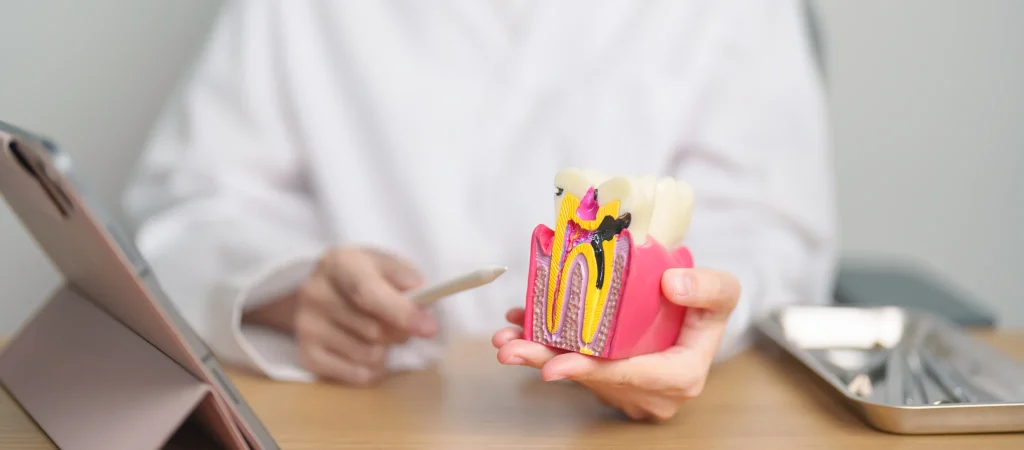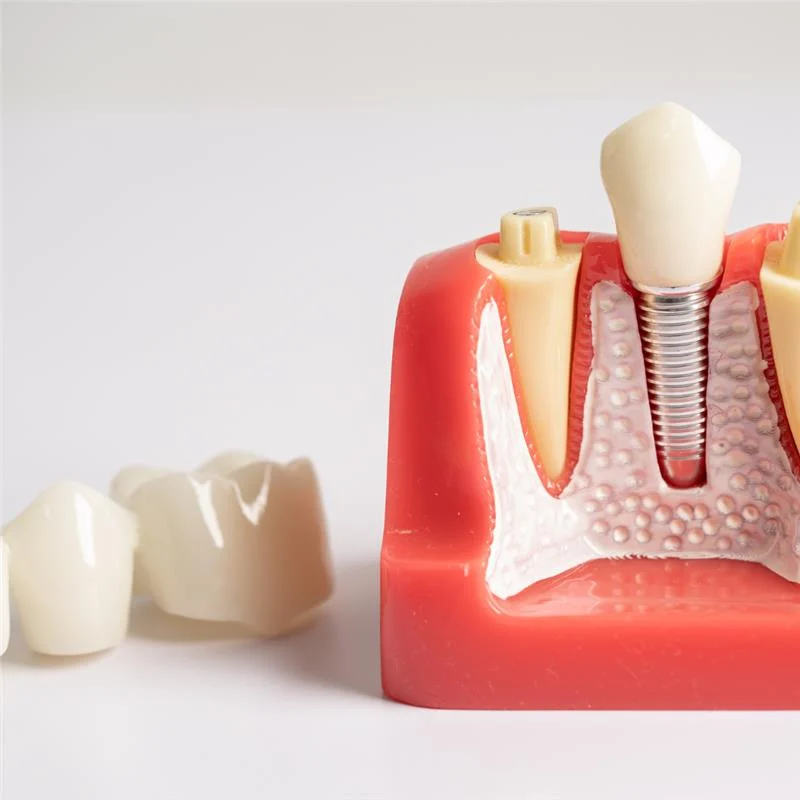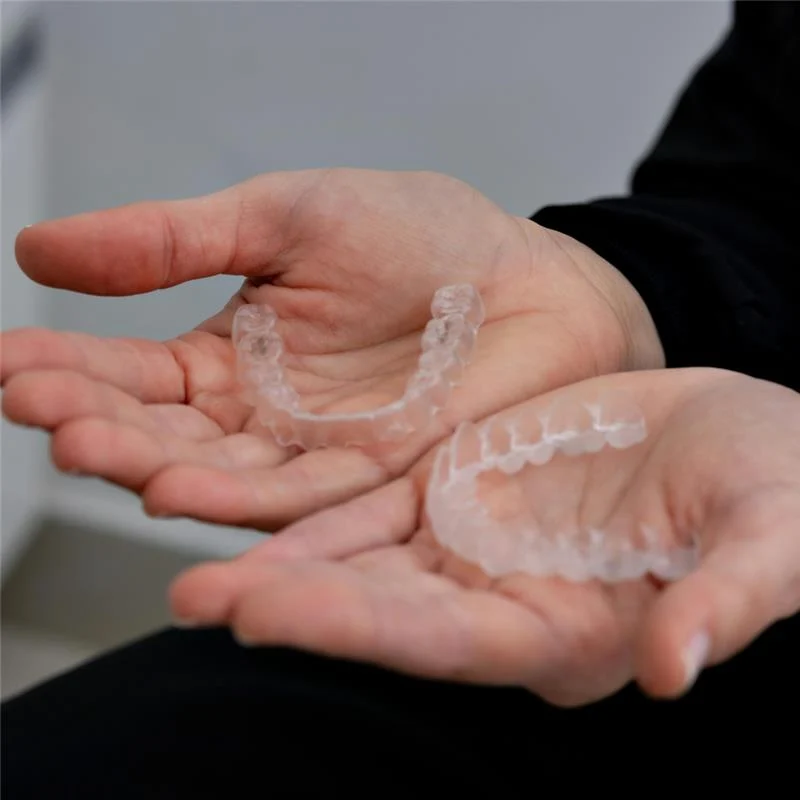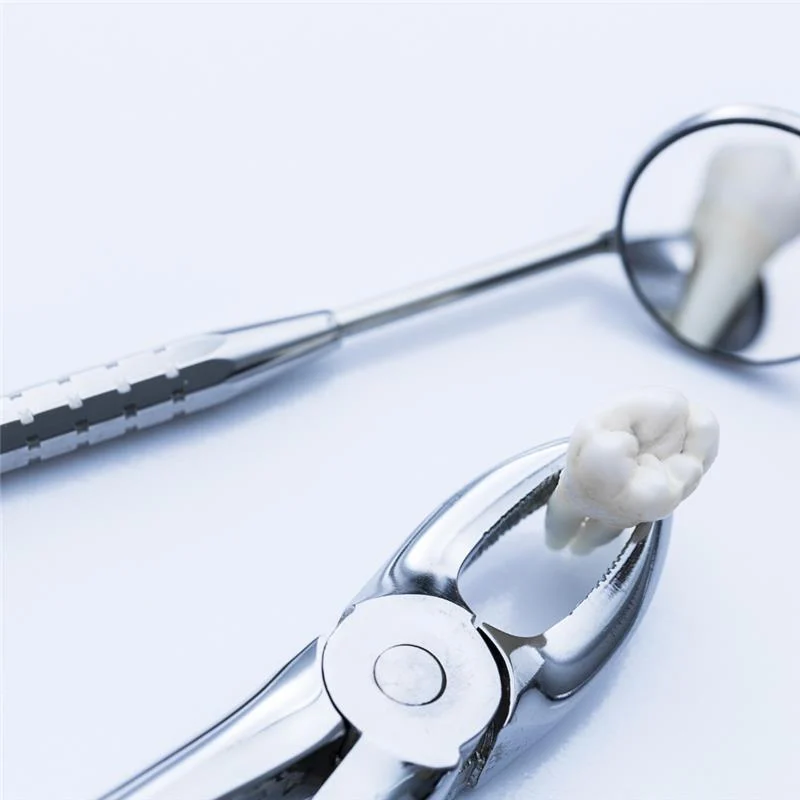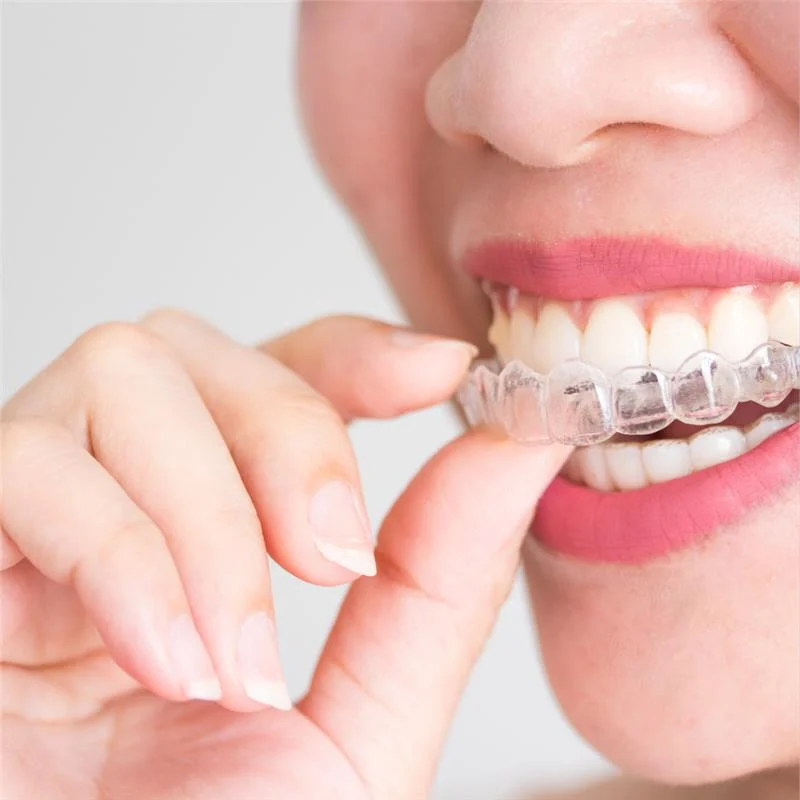Root Canal Recovery Time: What to Expect After Treatment
Root Canal Recovery Time: What to Expect After Treatment Root canals are frequent tooth procedures that can treat dental infections and provide a natural smile. Treatment itself is often not complicated, but many patients wonder how long it takes to recover and what to expect after the expansion. How long does it take to recover the root canal? Most people recover from the root canal within a few days. Mild symptoms or sensitivity are common, especially in the first 2-8 hours. However, with proper caution and dentist instructions, you can quickly return to your normal routine. What does recovery time affect? Several factors can affect how quickly they heal: Severity of infection – deeper infections may require longer healing times. Teeth Condition – You may need cracked or severely damaged teeth. Whether a crown is placed – After healing, a permanent crown is placed, and additional steps are given. Your General Oral Health – Healthy gums and teeth support faster recovery. Tips for a Smooth Recovery To accelerate your relaxation, follow these tips: Take Prescription medications – Painful medications or antibiotics can reduce symptoms and prevent infection. Avoid chewing on the person who has been treated – especially if the teeth are still soft but not known. Good Oral Hygiene – Gently practice brushing and dental flossing to keep the area clean. Eat Soft Food – Stick to soups, smoothies and other soft options for the first few days. Conclusion If you have a toothache or suspect an infection, Contact our Active Dental Flower mound team will be here to help you feel better and keep you smiling with experienced care.

